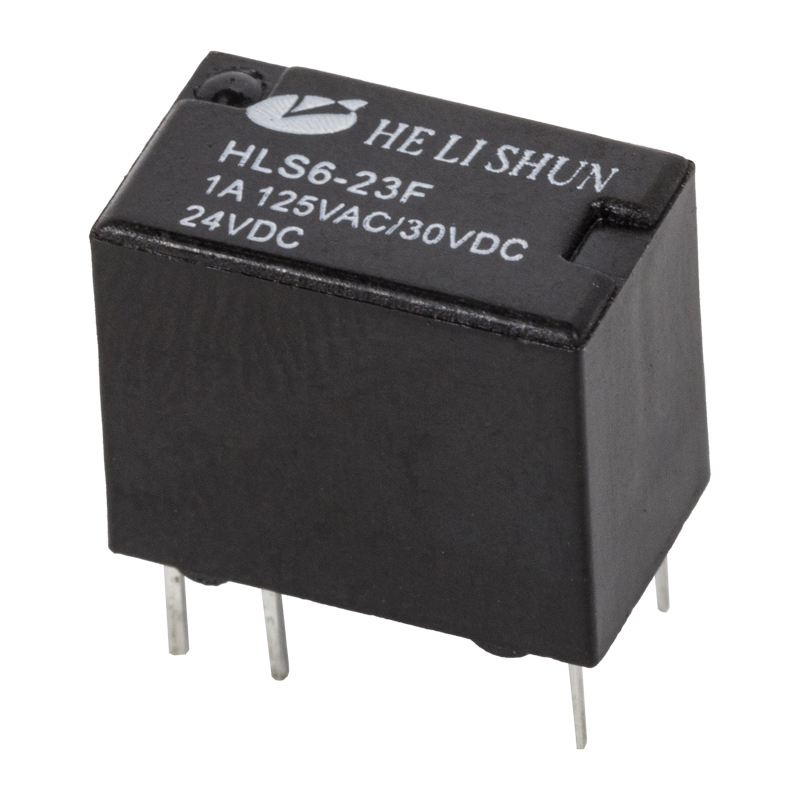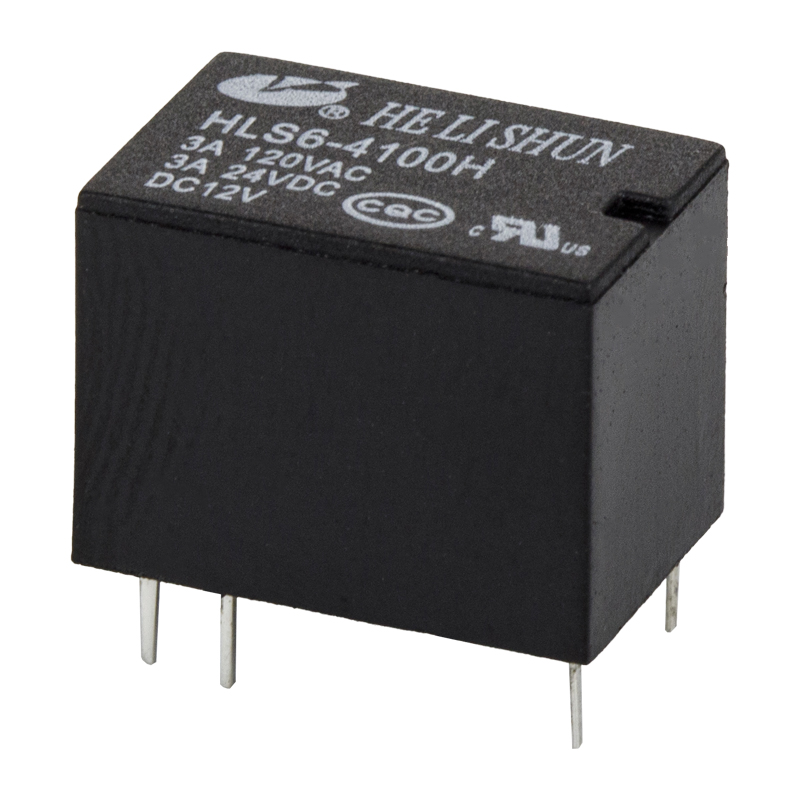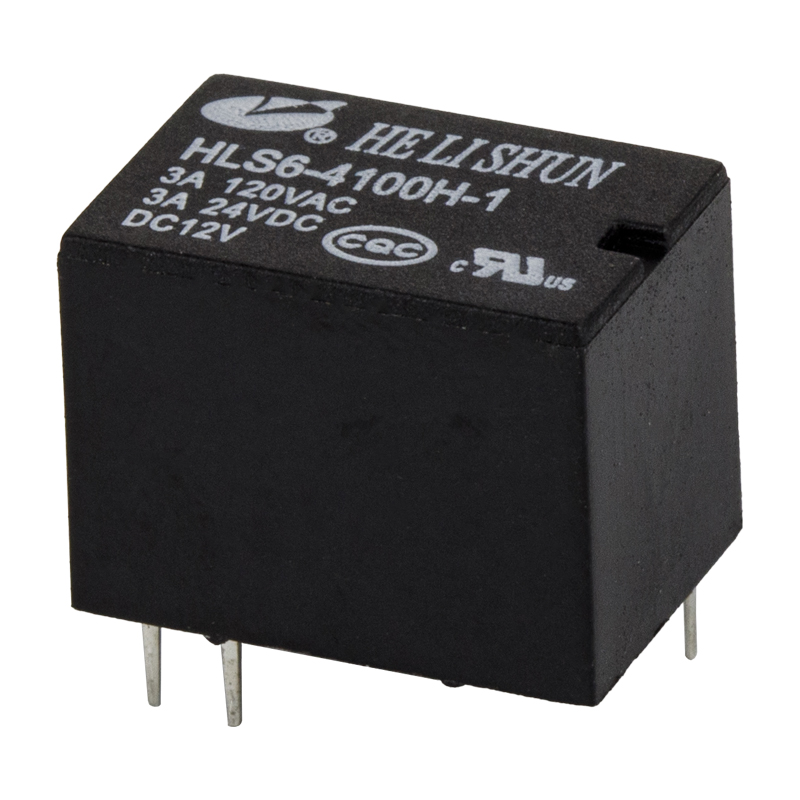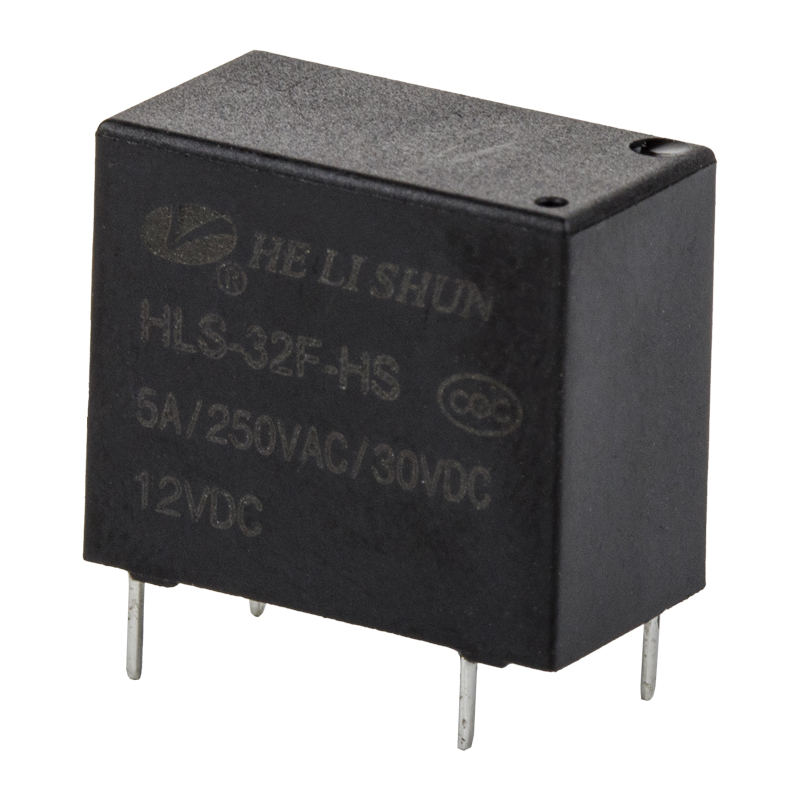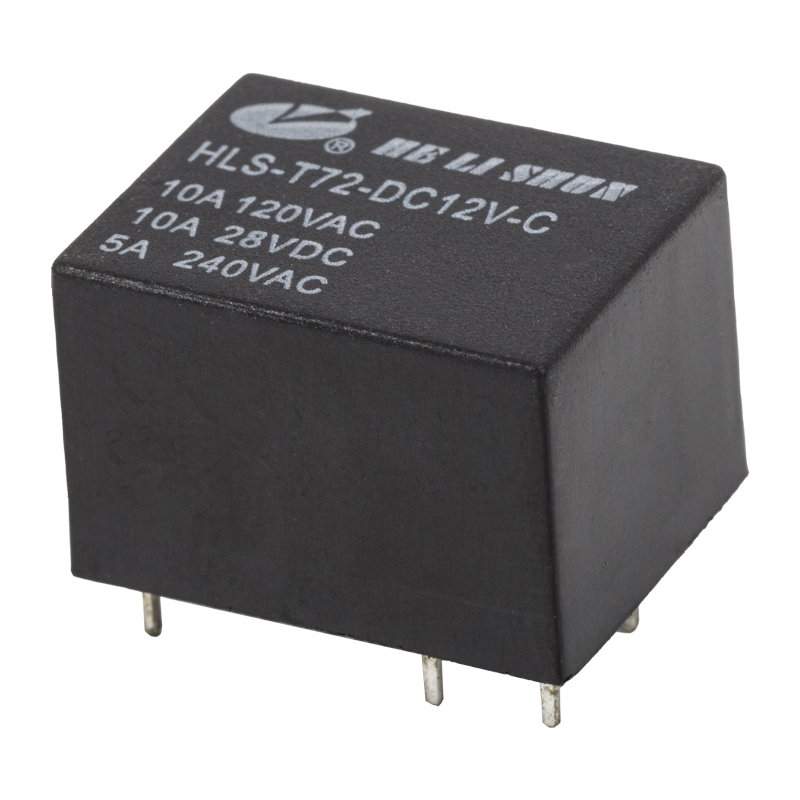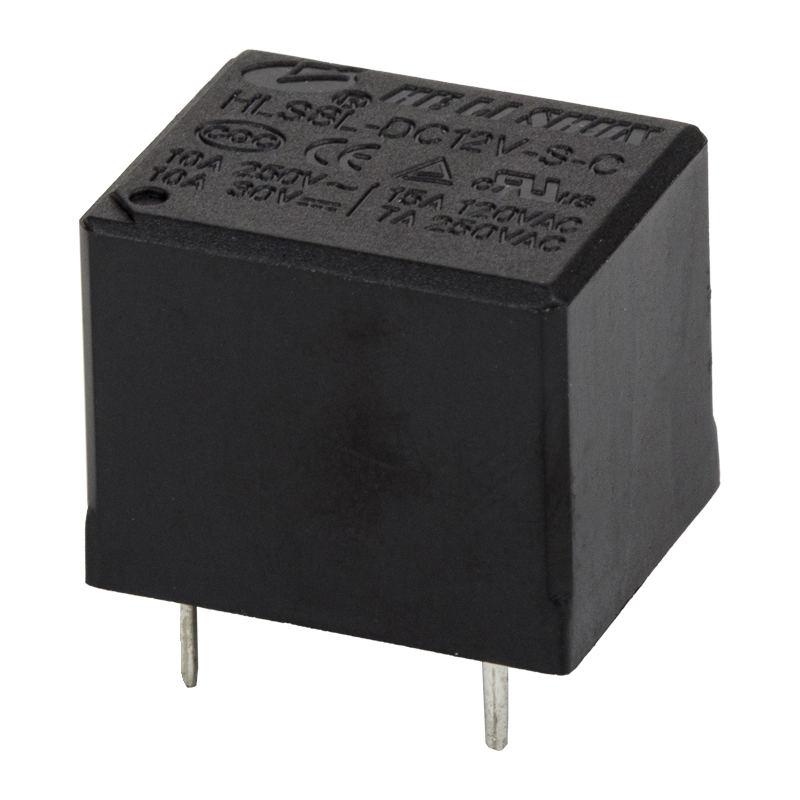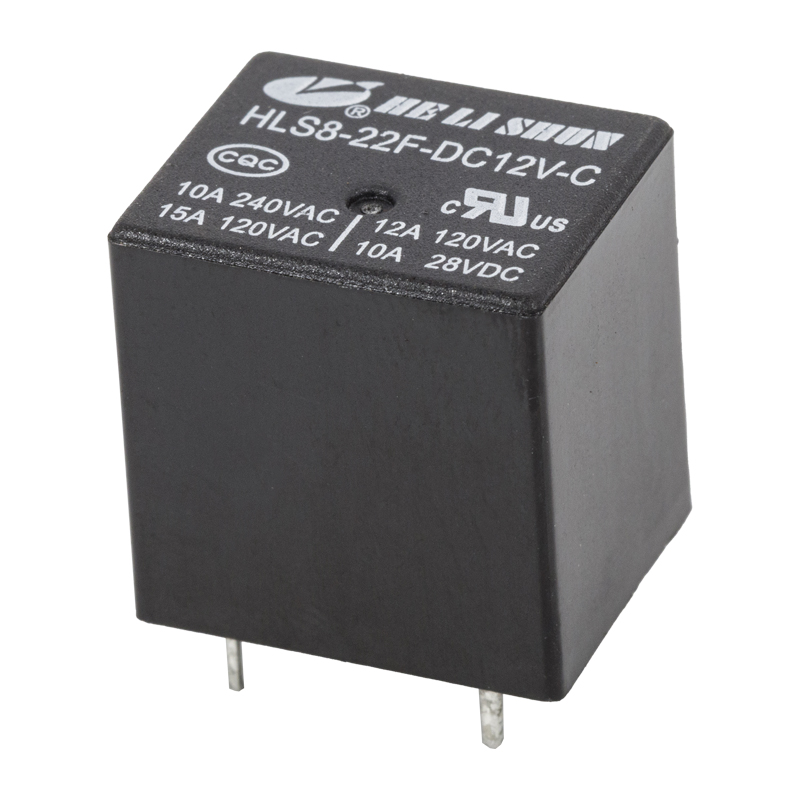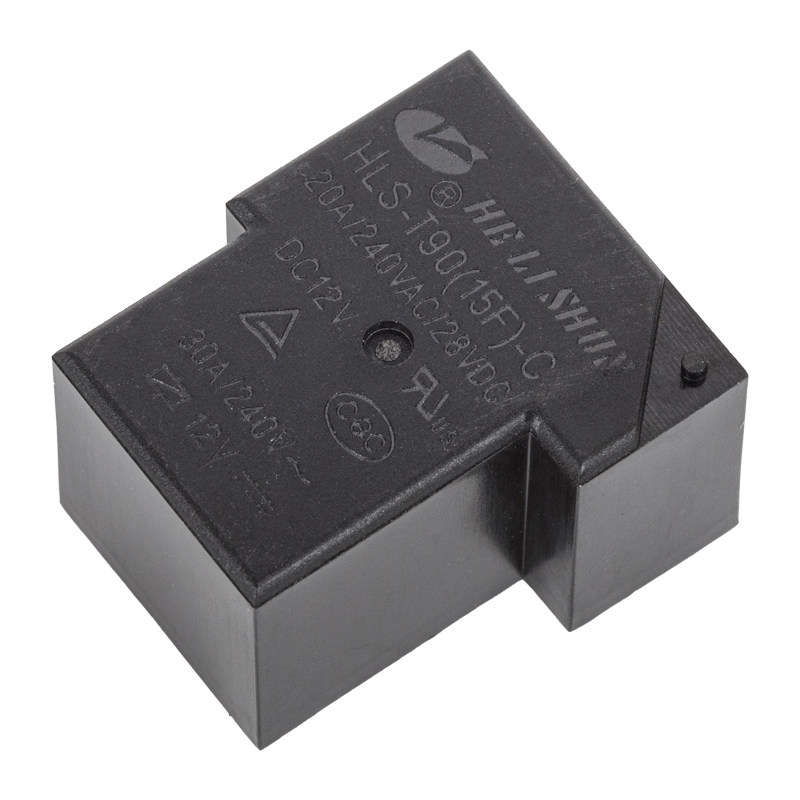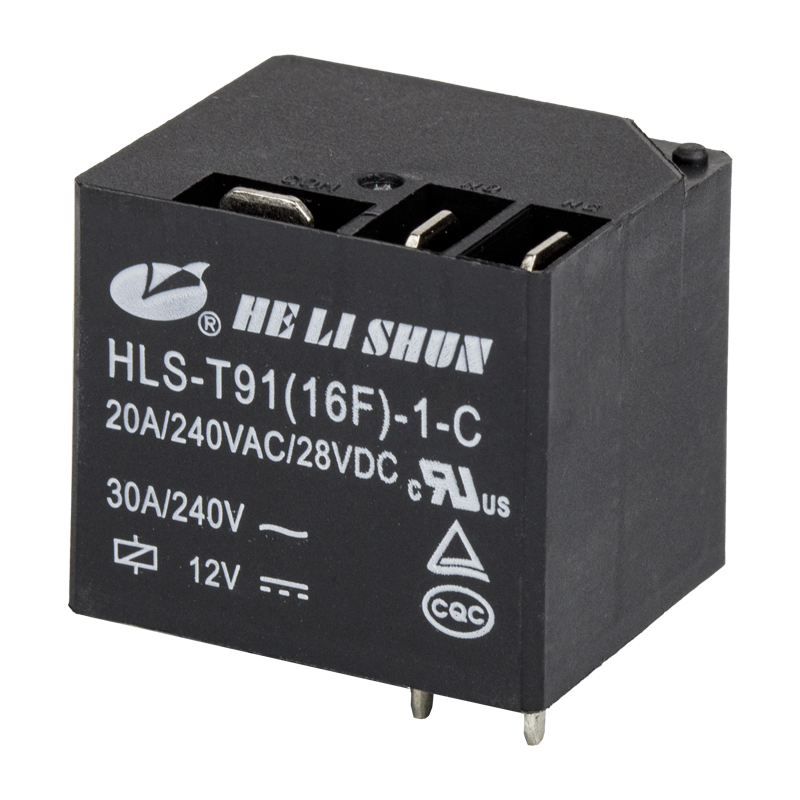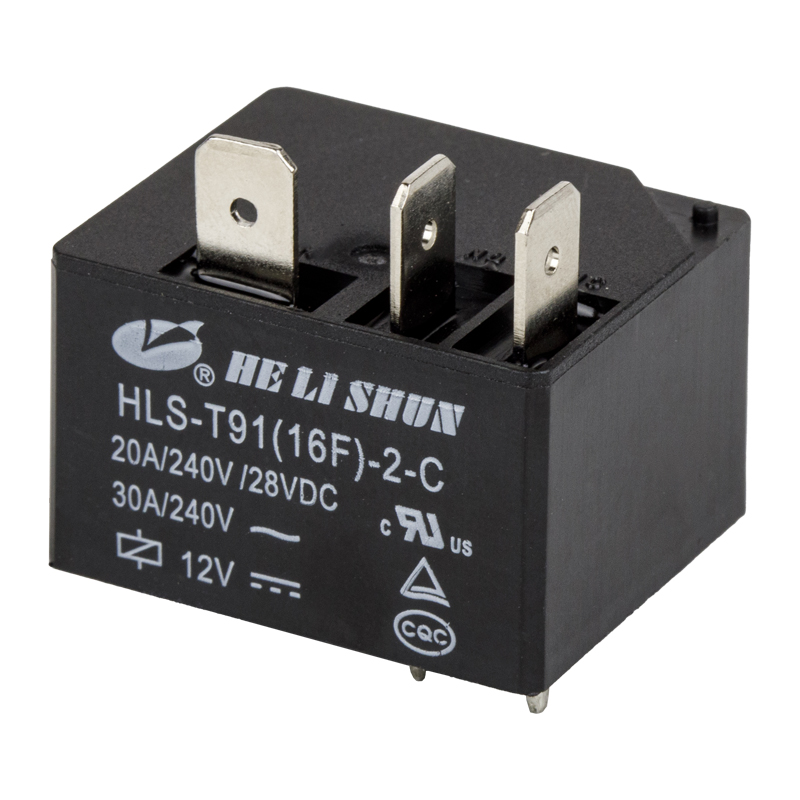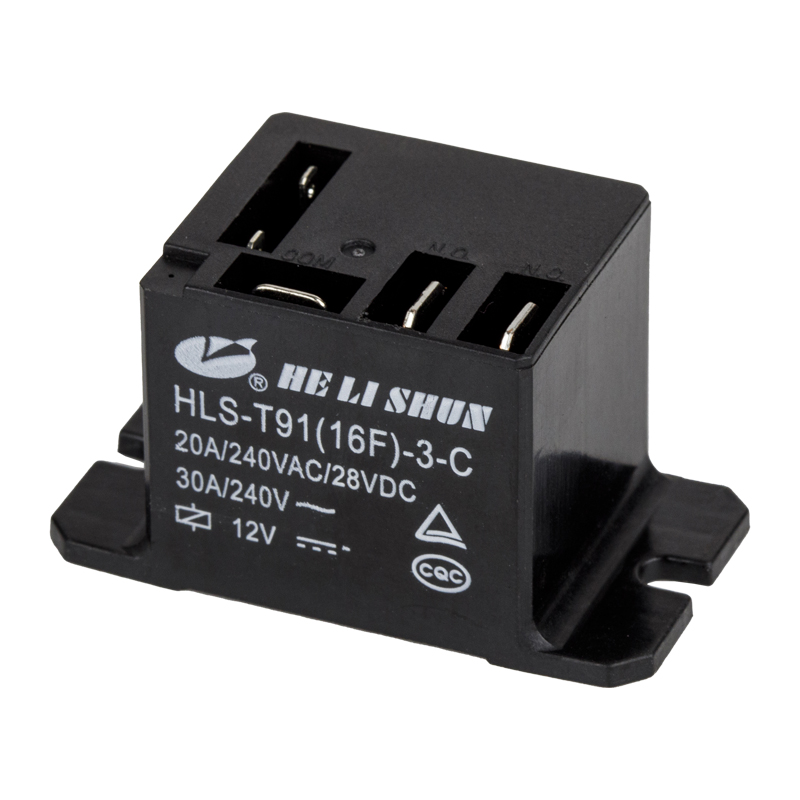Telecom relays are critical electronic components in communications network infrastructure, playing a central role in signal transmission, circuit switching, and system protection. In today's rapidly developing information age, from traditional landline networks to modern fiber-optic communication systems and mobile base stations, telecom relays are ubiquitous and serve as the "unsung heroes" that ensure reliable and efficient network operation.
Content
Definition and Basic Principles of Telecom Relays
Telecom relays are essentially electronically controlled switches used to control high-power circuits using low-power signals. Their key features are their compact size, high sensitivity, and extremely fast response, making them ideal for the precise and high-frequency switching needs of communications equipment.
Operating Principle: When current passes through the relay's coil, it generates a magnetic field that attracts the armature, causing the contacts to close or open. In the telecommunications field, relays are commonly used to switch various signal lines, such as:
- Data signals: Select and switch between different network paths.
- Power management: Remotely control and protect the power supply to communications equipment.
- Fault isolation: When a network fault occurs, the relay quickly isolates the problem circuit to protect other equipment.
Key Applications in Communications Networks
Telecom relays have a wide range of applications, encompassing nearly all types of communications infrastructure:
- Switchboards and access equipment: In early telephones and modern digital switches, relays are responsible for routing and switching voice and data circuits. They ensure that connections from one user to another can be established and disconnected quickly.
- Mobile communication base stations (such as 5G): In the radio frequency (RF) modules of base stations, telecom relays are used to switch antennas, filtering circuits, and power amplifier circuits to accommodate different frequency bands and operating modes, optimizing signal quality and coverage.
- Fiber optic transmission equipment: Although fiber optic transmission primarily relies on optoelectronic components, high-performance telecom relays remain standard in equipment power management, alarm indication, and bypass protection circuits.
- Test and measurement equipment: Test equipment used for network maintenance and troubleshooting requires telecom relays for precise, lossless signal switching to ensure accurate measurements.
Differences between telecom relays and traditional relays
Compared to general-purpose relays used in industrial or power systems, telecom relays have more stringent design requirements:
| Features | Telecom Relays | Industrial/Power Relays |
| Dimensions and Power Consumption | Compact and low-power, suitable for high-density integration. | Large, relatively high power consumption. |
| Contact Material | Optimized for low-level signals (millivolts), ensuring reliable switching. | Optimized for high current/high voltage. |
| Switching Life | Extremely long mechanical and electrical lifespans meet the demands of uninterrupted operation in communications equipment. | Usually have lower lifespan requirements. |
| Electromagnetic Compatibility | Excellent anti-interference capabilities ensure signal purity in complex electronic environments. | General requirements. |
How to choose a high-quality telecom relay?
Selecting high-quality telecommunications relays is crucial for the long-term stability of communication systems. Key considerations include:
- Reliability and lifespan: These are the most important indicators, directly impacting equipment maintenance costs and network service quality.
- Insertion loss: In RF applications, the signal attenuation caused by relay switching should be minimized.
- Isolation: When the relay is in the off state, it must provide strong signal isolation to prevent crosstalk.
- Packaging type: SMT (surface mount technology) packaging has become mainstream to accommodate automated production and miniaturized designs.
Telecommunications relays are the cornerstone of reliable operation in modern communication networks. With the development of new technologies such as 5G, the Internet of Things (IoT), and data centers, the demand for high-frequency, high-density, and low-power telecommunications relays will continue to grow, driving continuous innovation in the technology of this key component.
For product selection and specifications, consider consulting datasheets and working with reputable suppliers who can provide performance guarantees and lifecycle support for the chosen telecom relay.




 English
English 中文简体
中文简体
